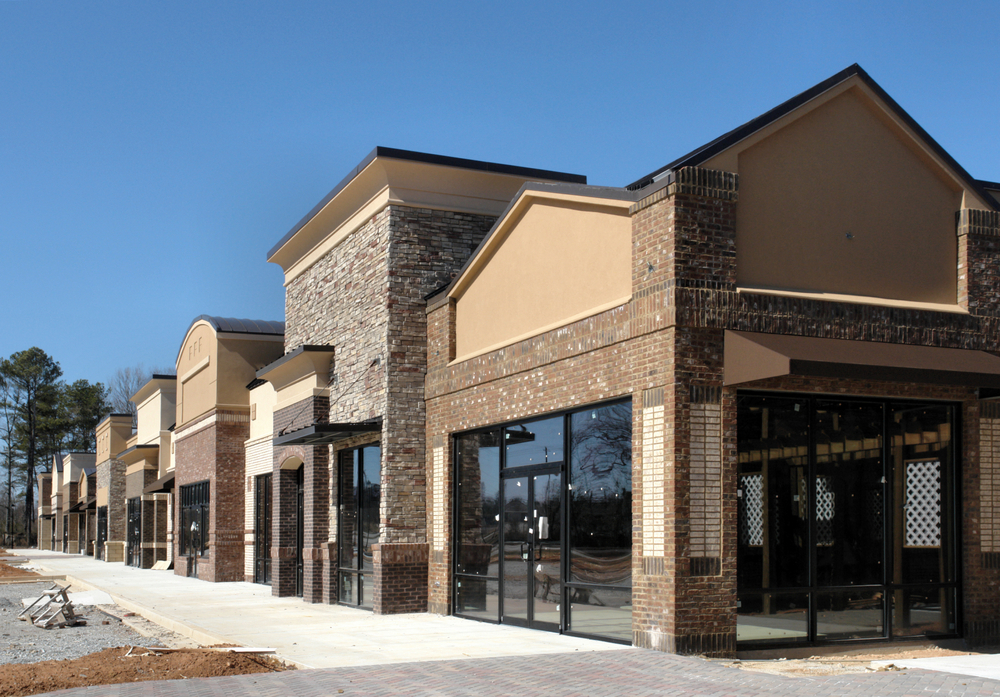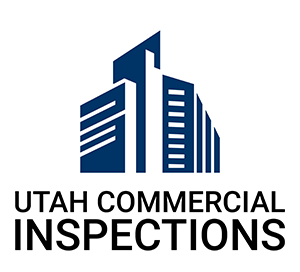
Thermoplastic Polyolefin (TPO) roof membranes have become one of the most popular low-slope roofing options for commercial properties across Utah and the United States. Known for their white reflective surface, energy efficiency, and durability, TPO systems are now commonly used on warehouses, retail centers, office buildings, and other commercial structures. However, like any roofing material, a TPO membrane requires proper installation, regular maintenance, and periodic professional inspections to ensure it performs as designed and reaches its expected lifespan. As part of a comprehensive commercial property inspection in Utah, a TPO roof evaluation is conducted to identify both current flaws and potential future issues that could impact your building’s performance.
Key Focus Areas in TPO Roof Inspections
A thorough commercial roof inspection starts with a detailed visual survey of the roof surface. Inspectors look for signs of physical damage, such as punctures, tears, and worn areas that may compromise the waterproofing layer. Since TPO membranes are heat-welded at the seams, seam integrity is a critical aspect of the inspection. Over time, seams can separate due to thermal movement, improper welding, or age-related deterioration. All roof penetrations—such as HVAC curbs, vent pipes, and skylight frames—are also examined, as these are common leak points if flashing materials are damaged or not sealed correctly. Even minor flaws in these areas can allow water to enter and cause significant interior damage if left unnoticed.
Climate and Installation Factors Affecting TPO Roofs
Environmental and installation issues also significantly impact the condition of a TPO roof. Utah’s climate exposes commercial roofs to extreme temperature swings, UV radiation, and occasional heavy snow loads—all of which can accelerate wear. A commercial property inspection in Utah includes checking for signs of membrane shrinkage, surface chalking, and brittleness, which indicate UV damage. Ponding water, often due to poor drainage or clogged roof drains, is another common concern. Standing water over time can weaken the membrane surface, stress seams, and lead to leaks. Additionally, improper installation—such as inadequate fastening, insufficient insulation support, or uneven substrate preparation—can reduce roof performance and shorten its lifespan. Detecting these issues early is crucial.
Reports That Guide Maintenance and Budgeting
A professional commercial roof inspection not only identifies flaws but also provides a clear, photo-documented report with location details and recommended corrective actions. This documentation is valuable for property owners, managers, and buyers who need to assess the roof’s condition and plan maintenance accordingly. Timely repairs can extend the life of a TPO roof by several years, delaying the need for replacement. Warranty considerations are also included, as many manufacturers require prompt repairs to maintain coverage. For buyers undergoing a commercial property inspection in Utah, a detailed roof report can influence negotiations and help with repair budgeting.
Bringing It All Together
A professional TPO roof membrane inspection is a wise investment in the long-term protection of your commercial property. The roof acts as a crucial barrier against water intrusion, and even minor problems can escalate quickly if not addressed. By including the TPO roof in a commercial property inspection in Utah, you gain a comprehensive understanding of your building’s condition. This allows you to make informed decisions whether you’re buying, selling, or maintaining a property.
Utah Commercial Inspections offers commercial property inspection services in Salt Lake City and the greater Wasatch Front, covering areas from Ogden to Spanish Fork and Heber to Tooele. Contact us to schedule an inspection.
